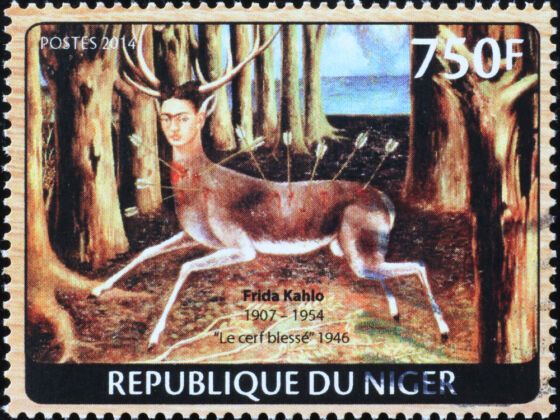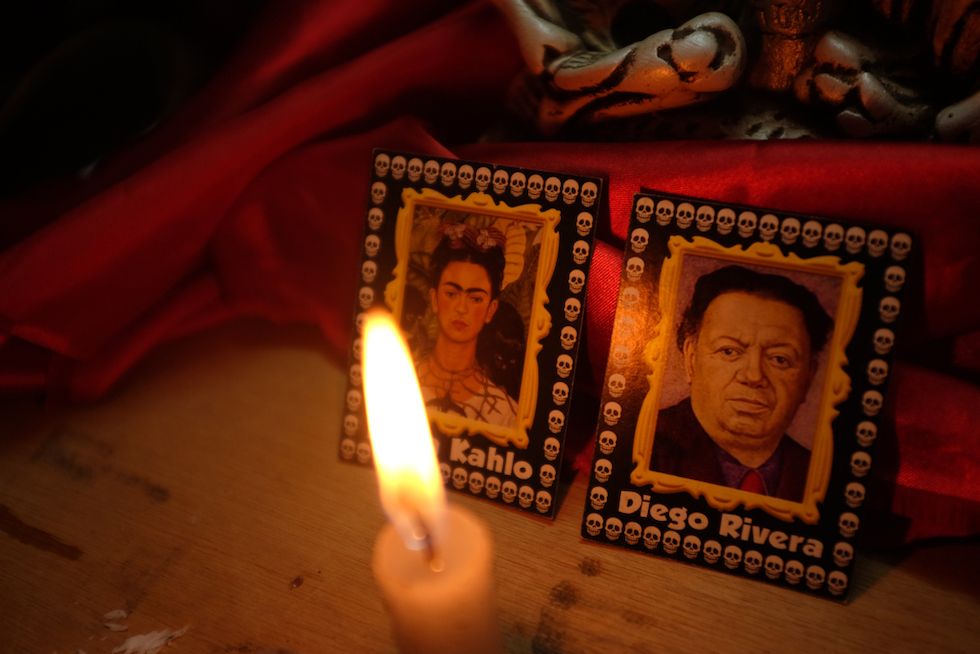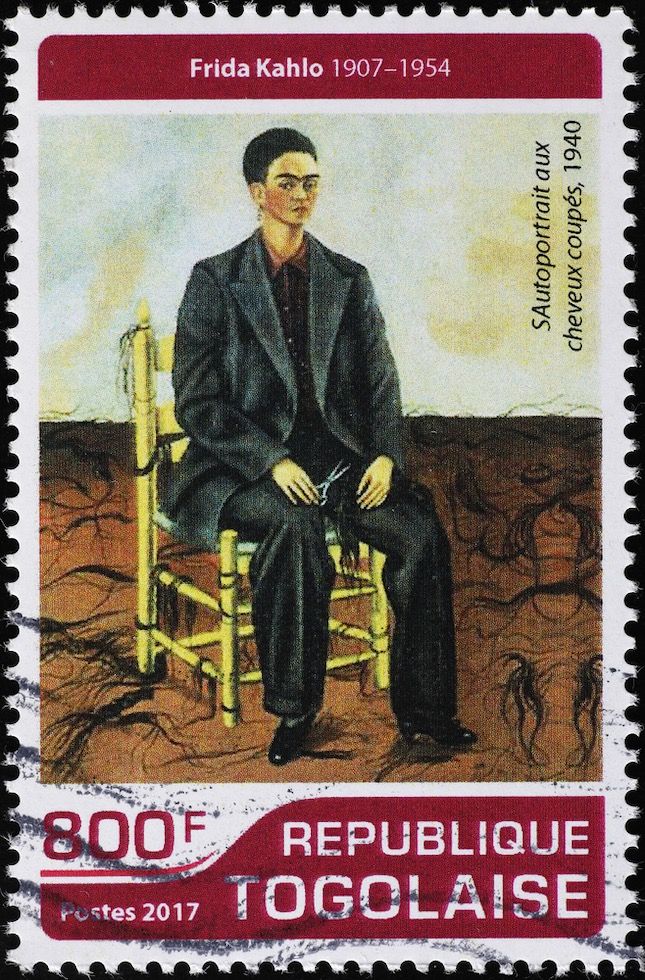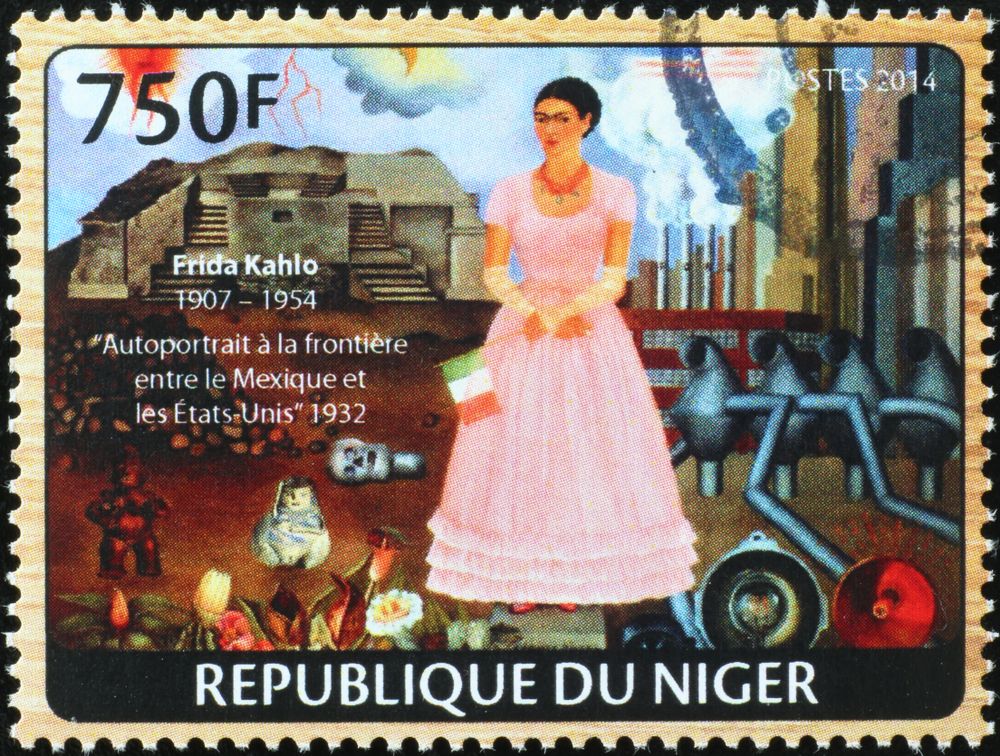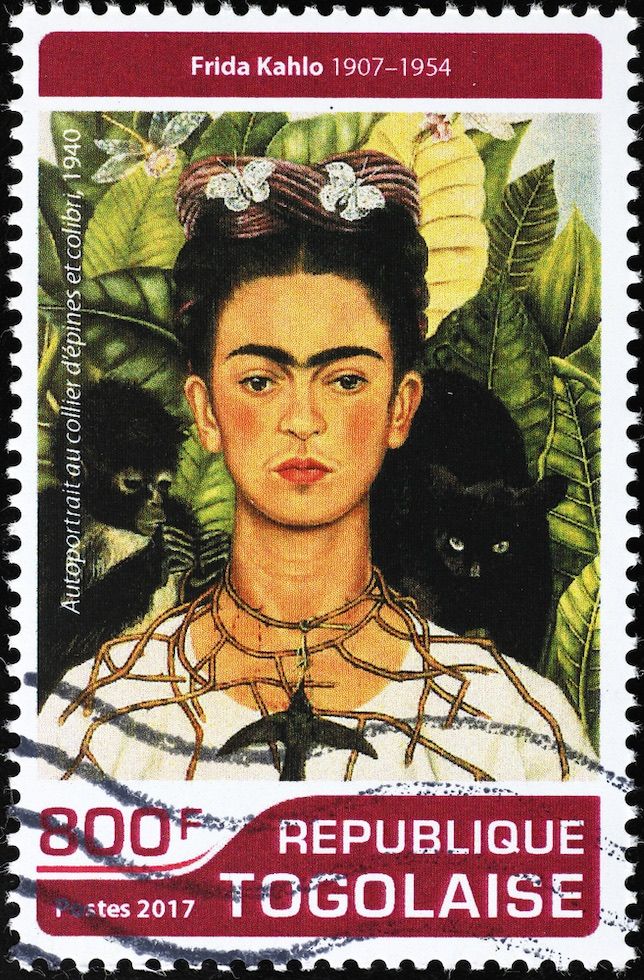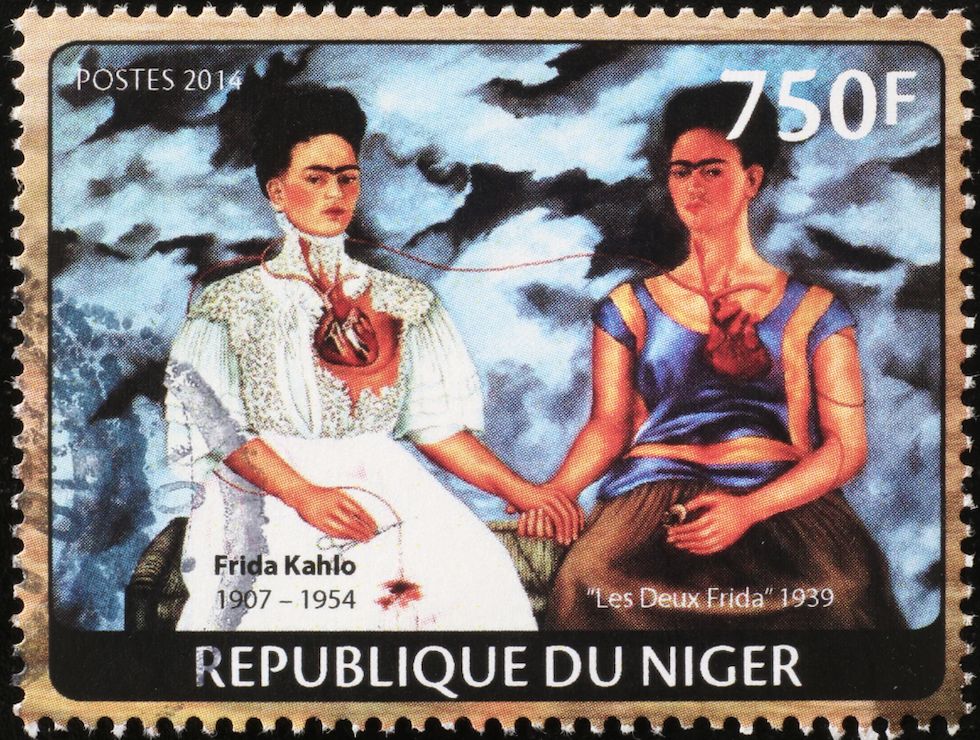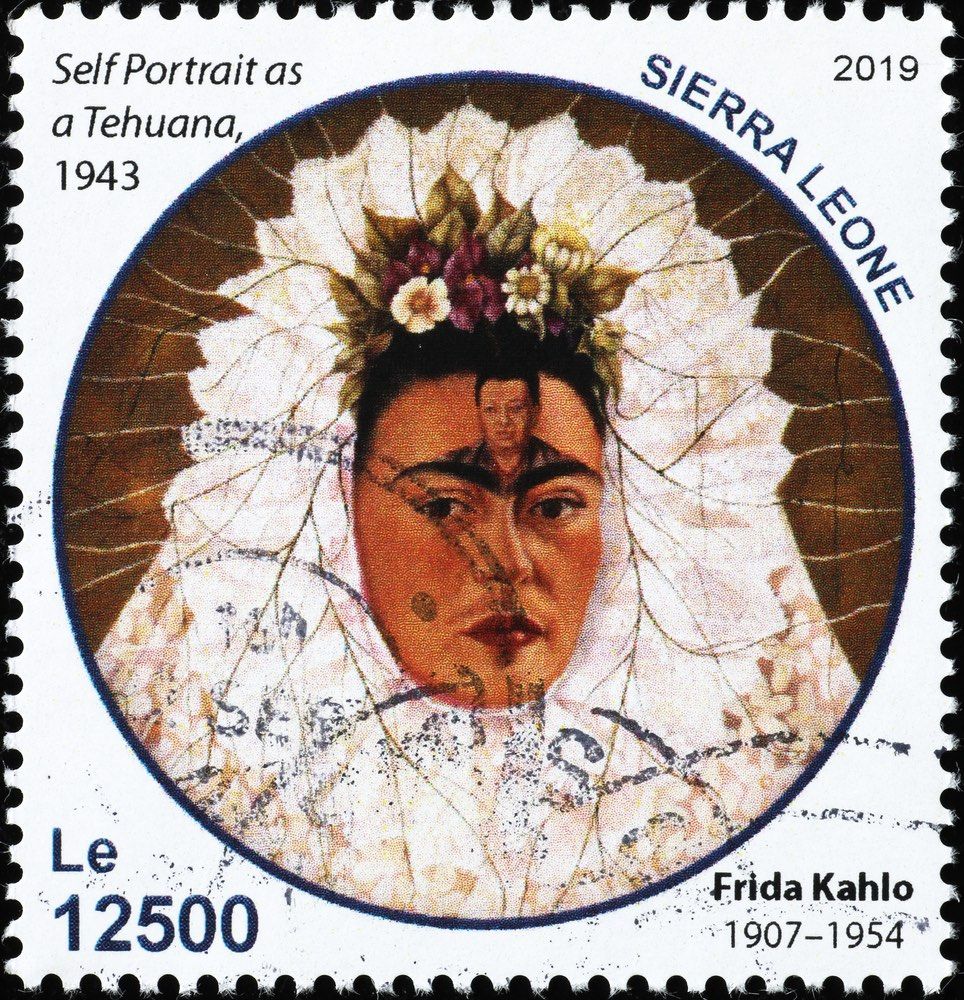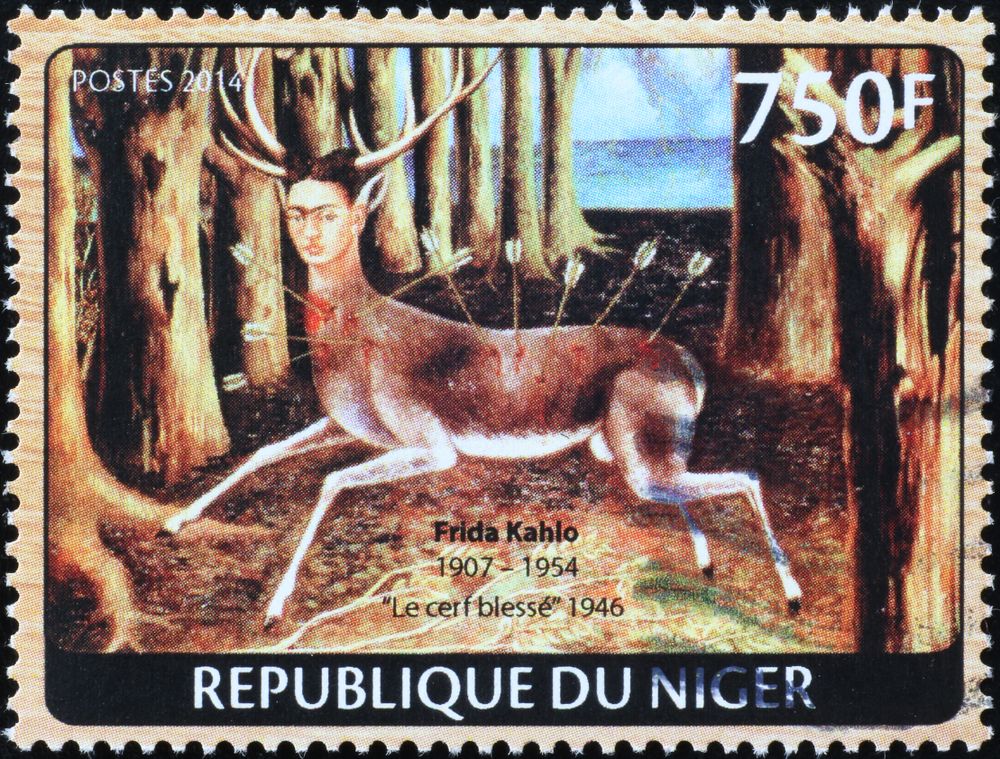FRIDA declared that her art was not surrealistic nor did it reflect dreams, in spite of what they might seem. Her paintings were representations of her own life and emotions: “Me pinto a mí misma porque soy a quien mejor conozco.”
La Columna Rota
The Broken Column
For Frida, life was a series of troubles and challenges. When she was eighteen she was in a disastrous bus accident. The pain from her injuries would make her suffer for the rest of her life.
